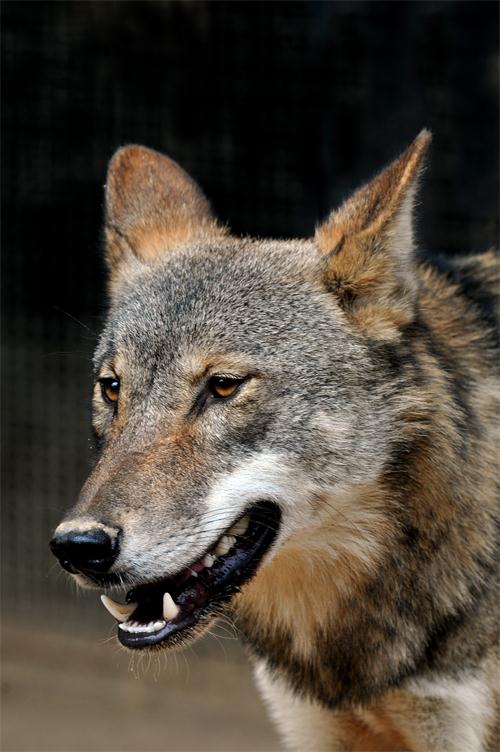As one of the earliest domesticated animals, dogs are widely distributed worldwide, whereas, the distributions of their ancestor, the grey wolf, in China is still controversial. Many well-known western literatures claimed that grey wolves were never presented in large part of China. However, from many historical materials, e.g., totem, fresco, poetry, essays, folktales, it is not rare to find the image of wolves as spiritual symbols.
Therefore, to solve this discrepancy, recently, by collaborating with Yunnan University, Dr. Guo-Dong WANG (Kunming Institute of Zoology, CAS) and his colleagues conducted a comprehensive investigation to illuminate the distributions of grey wolves in China.
“The misconceptions are long being existed, e.g., in a book by Sokolov and Rossolimo published in 1985, and most recently in a review published in Annual Review of Ecology, Evolution, and Systematics, 2014, by Larson and Fuller”; “These inaccurate descriptions are misleading and hinder our understanding of the origin of wolf and dog, and eventually, the origin of human beings”, according to Dr. Wang.
In this study, evidences were raised from literature, skin specimens and fossil records. A large quantity of Chinese literatures about wild animal surveys were systematically investigated, among them, more than 100 articles and books contain descriptions on the distributions of grey wolves in China. In addition, a survey on wolf skin specimens was conducted. In total of 26 wolf skins were examed from the archives of the National Zoological Museum of China, Kunming Natural History Museum of Zoology, and Shaanxi Institute of Zoology. It was found that these specimens were collected from 13 provinces across China, e.g., Heilongjian, Xijiang, Tibet, Shaanxi, Yunnan, Fujian, Zhejiang, etc. Moreover, the fossil records in China were also been investigated and 25 archaeological sites with wolf remains including south China were identified, e.g., the one found in Liulinxi, Zigui County, Hubei Province, which was dated to Neolithic age, Erlihe Culture (21st-15th century B.C.), and the Eastern Zhou Dynasty (770-256 B.C.).
Dogs appear to have evolved solely from wolves, and it was assumed that dogs may have originated from grey wolves in southern China. Since ancient times, dogs have migrated with humans. They have been humanity’s companions for at least 33,000 years. Therefore, to figure out the distribtions of wolf are vital in understanding the origin of dog, and evetually, the origin and migration patterns of human beings.
With strong and comprehensive evidences, this study not only corrected an error in western literature, but also provided an updated description of wolf distributions in China. “Grey wolves do distribute across all parts of the Chinese mainland. This information is significant and should be delivered to an international audience”, Dr. Wang said.
The main findings of this study have been published on Zoological Research (http://www.zoores.ac.cn/article/2016/1352/ZoolRes-37-6-317.html).

Grey Wolve (By Xiao-Feng Ma)
(By Su-Qing Liu)
Contact Information:
Guo-Dong WANG
E-mails: wanggd@mail.kiz.ac.cn
Kunming Institute of Zoology, CAS
